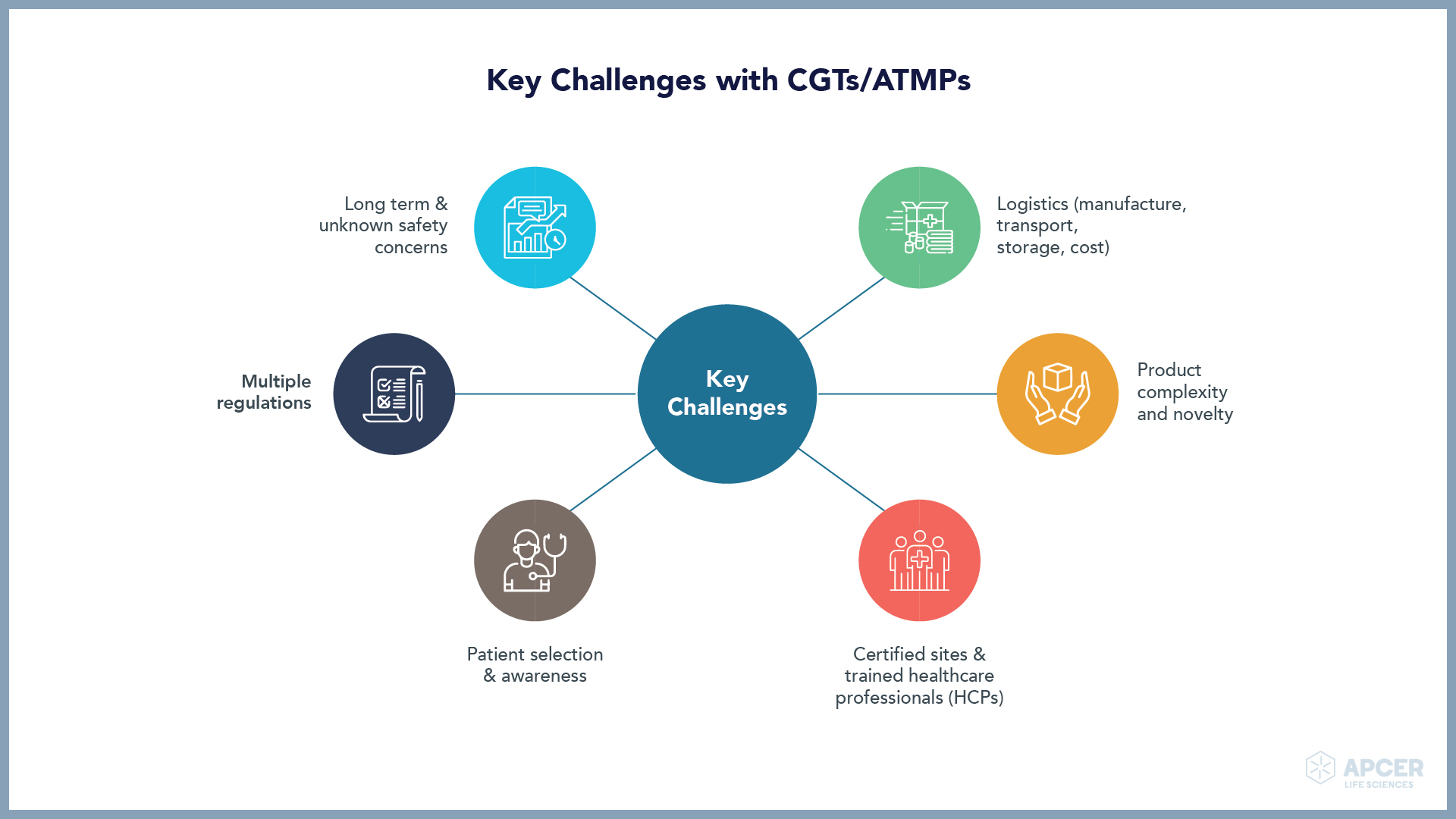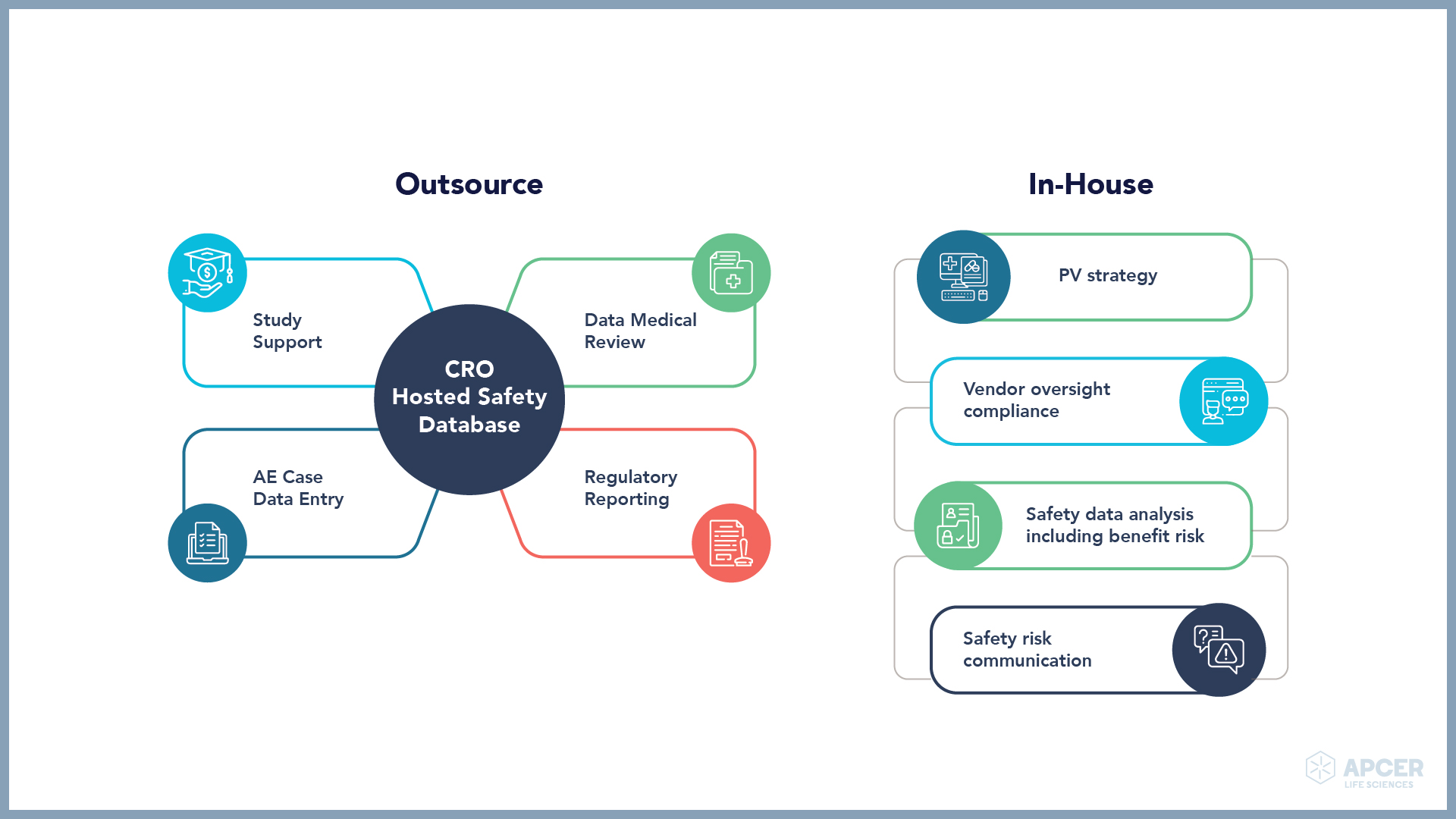Background
The path to clinical development of CGTs/ATMPs (Cellular and Gene Therapies/Advanced Therapy Medicinal Products) can be long and arduous because of complex manufacturing processes, implementation of good manufacturing practices (GMP), complex trial designs, manufacturing and quality assurance, translational uncertainties, financing and commercialization and clinical implementation and acceptance.
It may be difficult especially for biotechnology companies to navigate through the regulatory and safety requirements. Early engagement with a strategic partner and making patient safety a part of clinical development can alleviate some of these challenges.
These products are expected to achieve long-term therapeutic benefits because of their persistence; however, there is an increased risk of undesirable and unpredictable outcomes that may present as delayed adverse event(s). It may not be possible to collect all safety and efficacy data during clinical investigations, considering the limited number of subjects enrolled in clinical trials for advanced therapies.
These challenges can be met by developing robust risk management programs, including additional risk minimisation measures (aRMM) or elements to ensure safe use (ETASU) as required. For collection and analysis of safety data for maintaining the overall risk–benefit balance, additional pharmacovigilance activities should also be performed. Additional needs for long-term monitoring for safe and effective use and measures to minimise risks and the extent of data for quality, safety and efficacy can be highly specific.
Clinical administration of advanced therapies requires specialised medical centres and highly qualified personnel in places where therapies will be utilised. Physician training in clinical procedures specific to these products must be coordinated with product marketing, handling and use as well as with post-market surveillance reporting.
These products require highly specific strategies, which are tailored to the needs of specific product and patient population. Early adoption of strategic decisions, ideally before the first human use (FIH) to support the clinical trial application and building the robust pharmacovigilance system to detect and to prevent and/or mitigate the risk when possible has proven beneficial.
It may be valuable that the sponsors strategise a pharmacovigilance system early on with a clear direction in terms of what can be outsourced and what will be handled by internal teams. The focus at an organizational level in-house should be on strategic initiatives and predictive decision building and a responsive safety strategy for the successful clinical development and approval.





